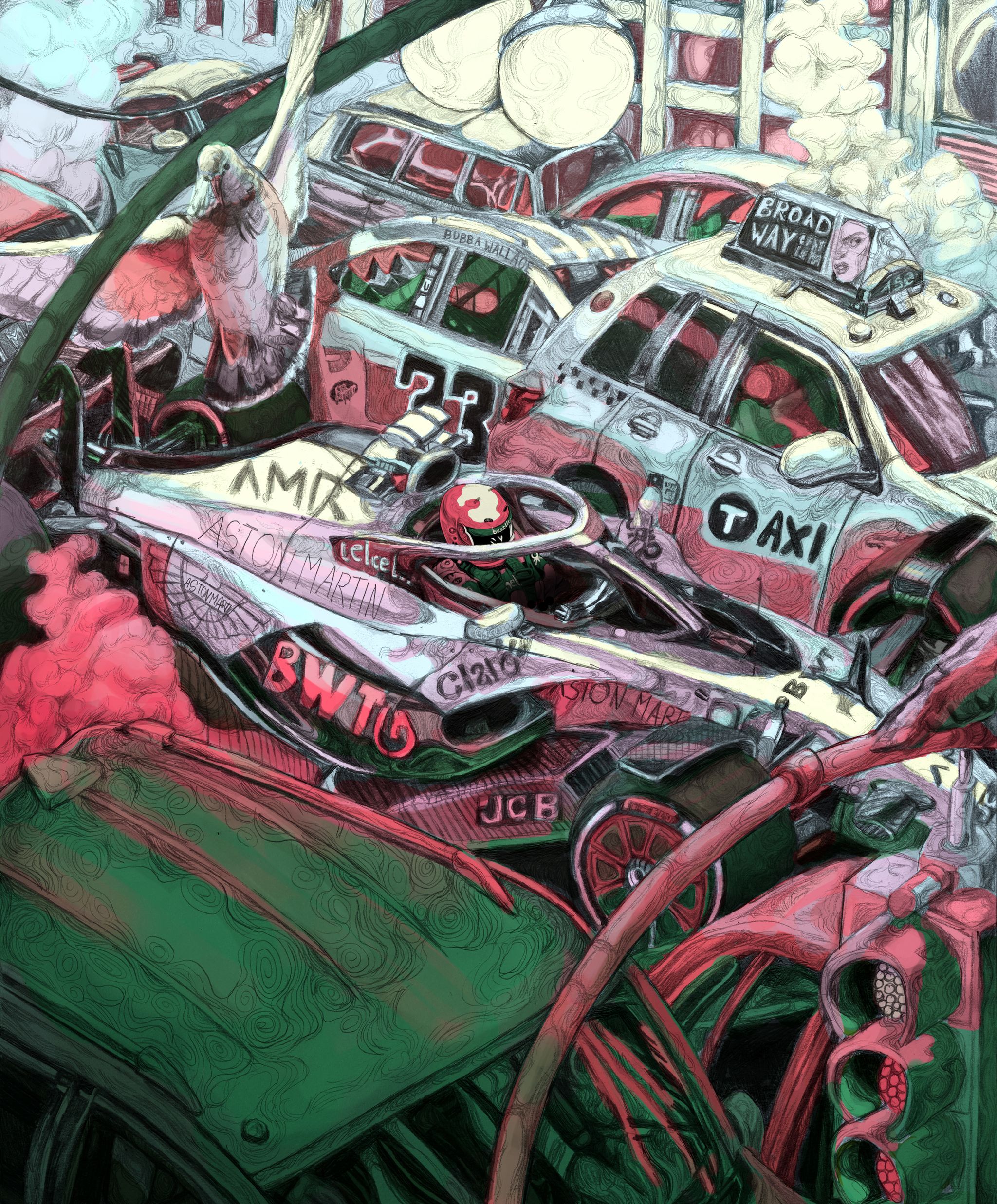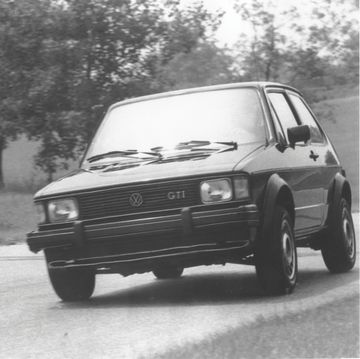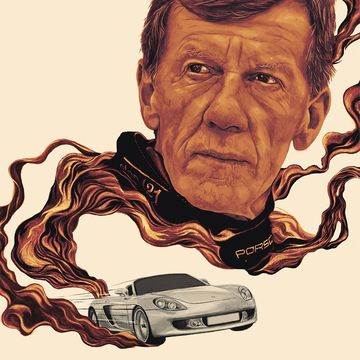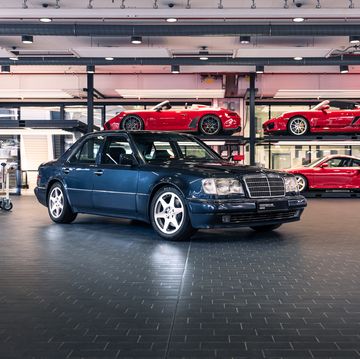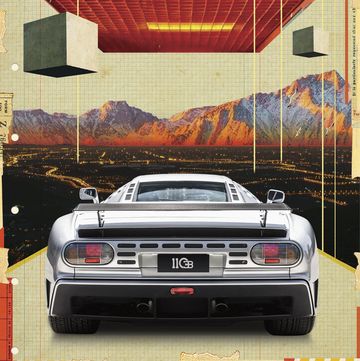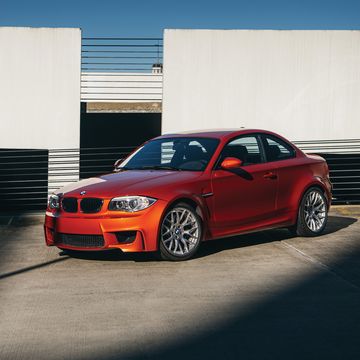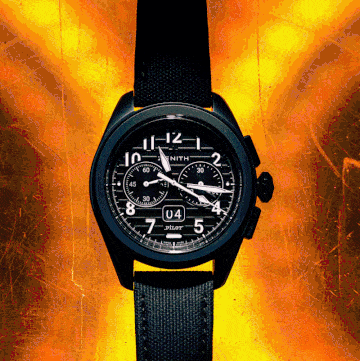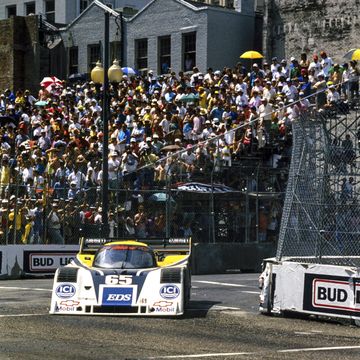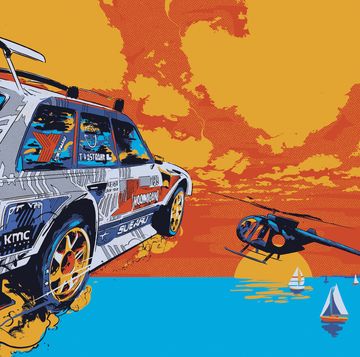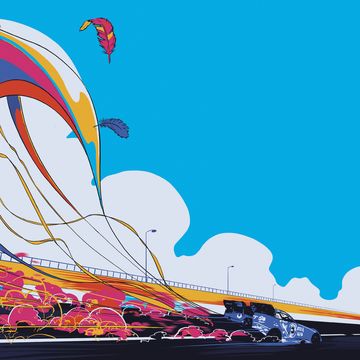The street is racing’s first and oldest home. Long before paved coliseums and striped curbs, and even before vehicles of any sort, there was an itch to see who could cross town fastest. Feet alone were enough. Sandals made the racing faster. Horses, chariots, bicycles, and eventually cars made it ever better.
This story originally appeared in Volume 13 of Road & Track.
SIGN UP FOR THE TRACK CLUB BY R&T FOR MORE EXCLUSIVE STORIES
In time, flat-out open-road racing was snuffed out by sanity, but the draw of racing on public roads remains. In series after series, more urban races are filling the calendar. There are events in Chicago, Nashville, Las Vegas, Miami, and Los Angeles, none of which were on the F1, NASCAR, or IndyCar schedule just two years ago. For its entire eight-year existence, Formula E has run almost nothing but street circuits. These series chase city centers for the same reason racing started in cities: It’s where the people are.
“It brought the racing to the people, as opposed to what had always been the tradition of the people having to go to the races,” says Jim Michaelian, who serves as CEO of the Grand Prix Association of Long Beach, host of arguably the world’s most holistically successful street-circuit race. Long Beach has become one of IndyCar’s largest events, earning love from hard-core fans and locals alike. While that grand prix doesn’t have the prestige of the F1 race in Monaco, Long Beach offers something a classic street circuit like Monaco—and frankly most street circuits—can’t: good racing. Even when F1 ran at Long Beach between 1976 and 1983, it was better racing than claustrophobic Monaco.
Who would choose to build new street circuits rather than pick from the many historical purpose-built tracks available? Who would want to race in Vegas rather than at, say, Watkins Glen? No surprise: ad executives. And gamblers, and party people, and people who prefer staying in hotel rooms to camping in bogs, and people who like having restaurants or a 24-hour CVS nearby. Lots of people (emphasis on “lots”), but ad execs first.
Mark Miles, CEO of Penske Entertainment Corp. and therefore IndyCar, admits there’s little difference in viewership numbers between the average street-circuit event and races on permanent tracks. But advertisers don’t just care about how many people they’re reaching, they care about who they’re reaching. And people with money are considered worth reaching. Money likes Vegas.
IndyCar spreads its schedule across three types of courses. Miles says road courses and superspeedways offer a lot for traditional fans—the type of people who’ll camp out all weekend at Road America. But street circuits move the IndyCar brand beyond the diehards and into a younger, urban, and often more moneyed audience.
“That gives us the ability to go to more of a camping-related, hard-core-fan sponsor at the same time that we can go to a consumer brand that is more urban oriented and younger in terms of its marketing,” Miles explains. “It completes the portfolio.”
Mack Hogan previously served as the reviews editor for Road & Track. He founded the automotive reviews section of CNBC during his sophomore year of college and has been writing about cars ever since.
